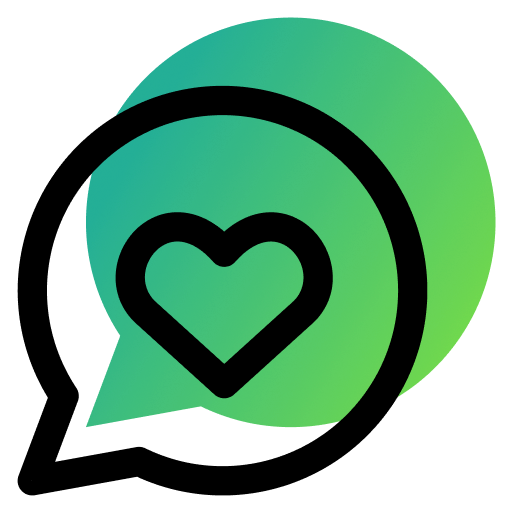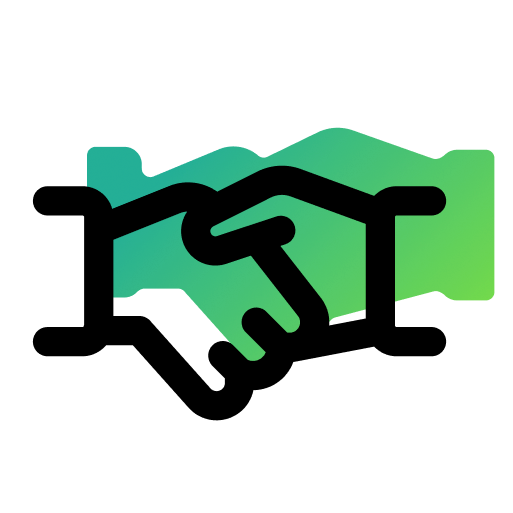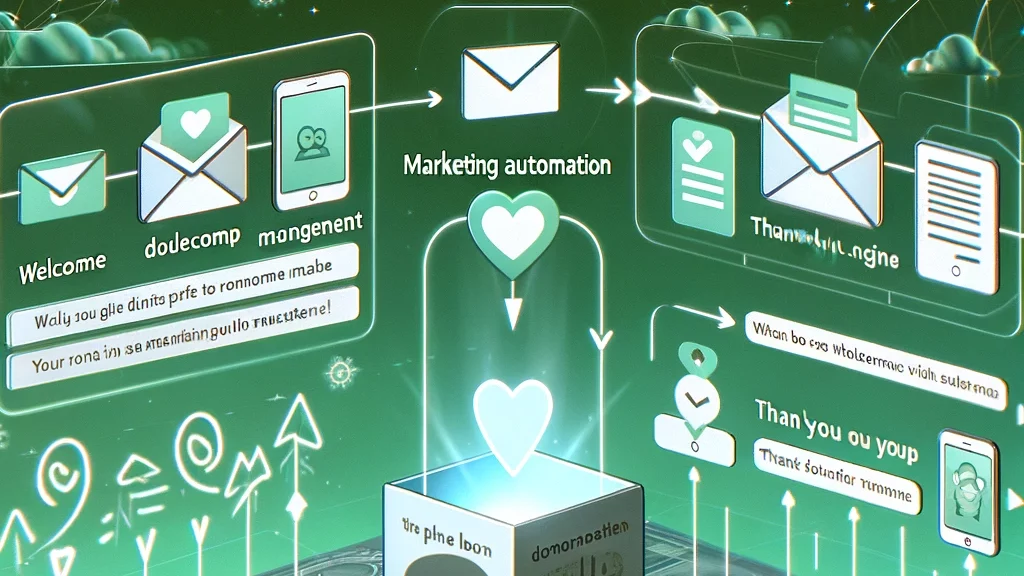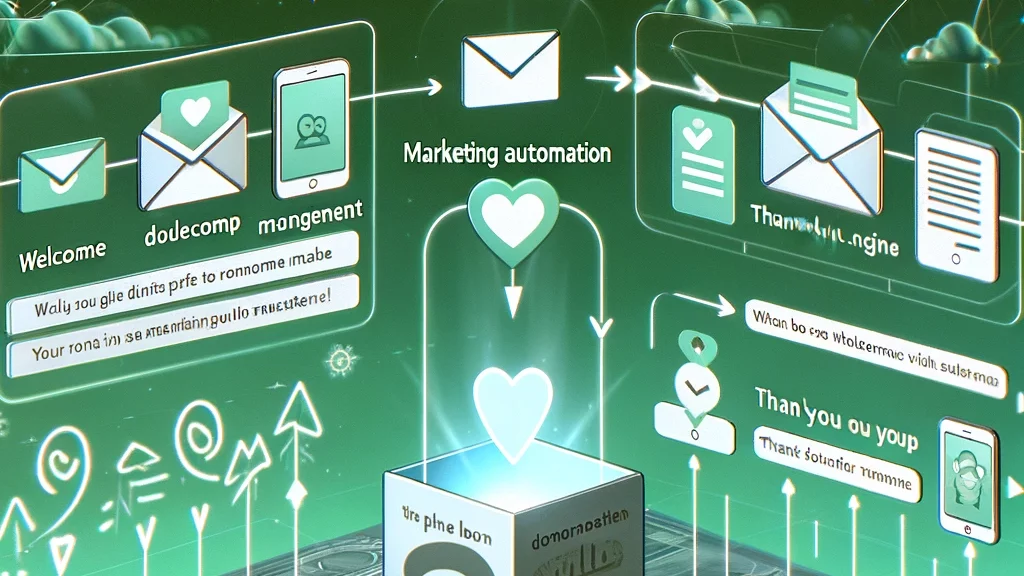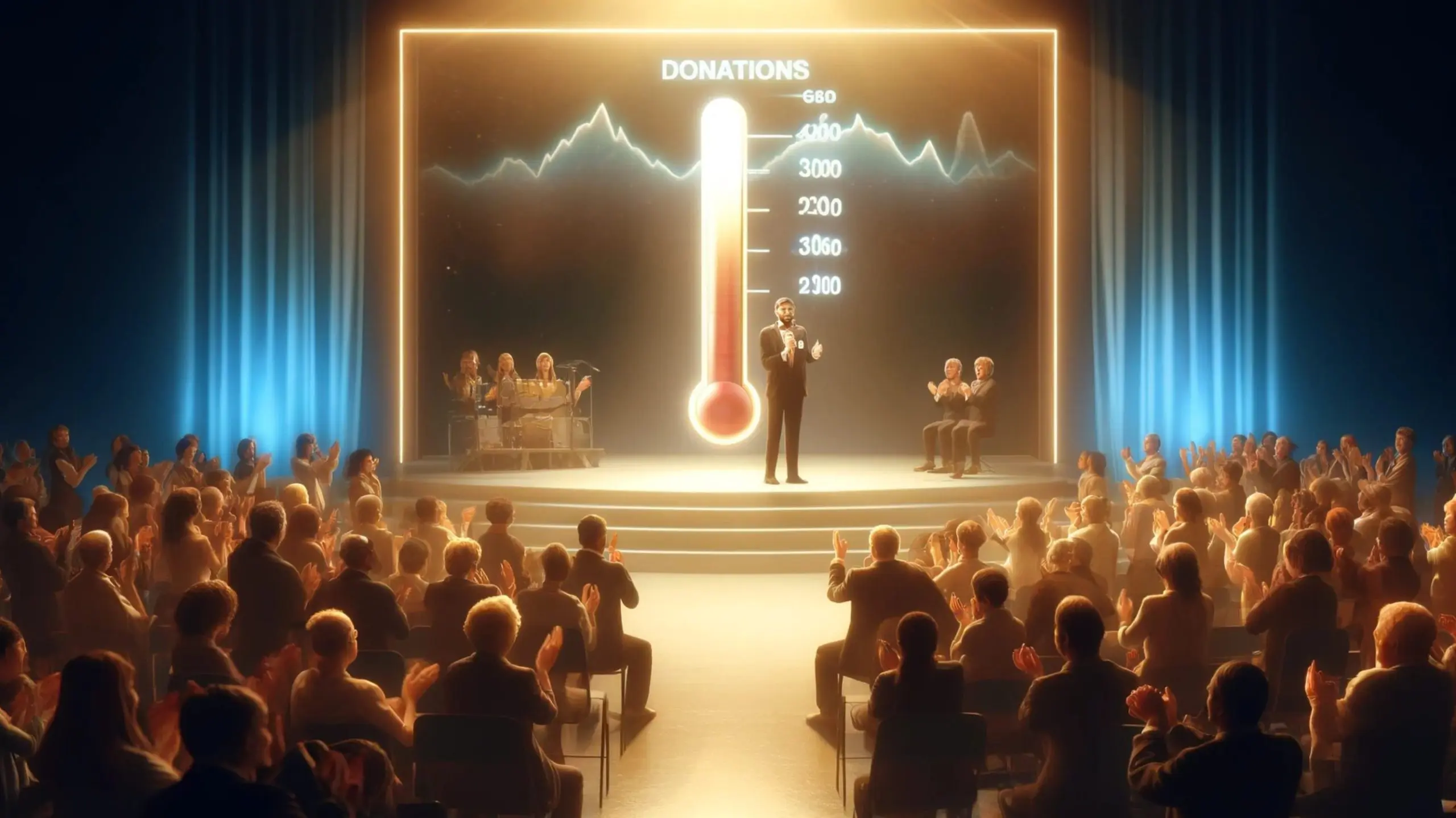Fundraising Automation for Non-Profits Simply Explained
In the private sector, marketing automation is already widely used. While not everything from the corporate world is suitable for non-profits, fundraising automation presents a promising opportunity. In this article, we explain what it’s all about, the benefits of fundraising automation, and what is needed to implement it.
If you’re in a hurry, you’ll find a concise summary at the end of the article.
What is Fundraising Automation?
Fundraising automation is a data-driven method that uses software to automate fundraising activities. Depending on the extent, it can automate simple, repetitive tasks up to the entire donor journey based on touchpoints, interactions, donor characteristics, and behaviors.
Switching to data-driven, automatic processes also means a change in focus:
“Instead of thinking in terms of measures, we need to start putting the donor’s needs at the center. Specifically, this means identifying the right actions for each donor, not the other way around.”
(Eva Hieninger / Gregor Nielsson: Donor-Centricity with Marketing Automation)
What Can Be Automated?
Fundraising is primarily external communication. With an increasing number of possible communication channels, there are many touchpoints where (potential) donors can interact with your non-profit. Fundraising automation enables the coordination of these communications and tailors them to the respective donor group. Different forms of donor communication can be automated, such as:
- Fundraising Emails
- Newsletters
- Social Media Posts
- Selections for Mailings
- Selections for Telefundraising
- Push Notifications and Messenger Messages
What are the Benefits of Fundraising Automation?
Personalized Donor Journey
Fundraising automation allows for the modeling and implementation of very specific donor journeys tailored to the actions and/or characteristics of the donors. For example, a 30-year-old online donor will receive different fundraising messages than a 68-year-old volunteer, or a supporting member will receive different messages than a project sponsor. The respective channels and the timing can be precisely determined.
Coordinated Communication
Fundraising automation reduces the risk of overwhelming or even annoying donors with too frequent communication. This makes it possible to create very targeted messages from the flood of communications.
Strategic Fundraising
Setting up effective fundraising automations requires not only a solid data foundation but also comprehensive knowledge of donor behavior and strategic thinking. This necessitates an in-depth examination of the fundraising strategy, which is beneficial for any non-profit.
More Free Time
Automating recurring tasks such as recipient selections or social media postings frees up a lot of time that can be used for other areas. Fundraisers can focus on strategic development or the planning of creative campaigns.
More Efficient Fundraising
Fundraising automation is based on the actions and characteristics of the donors. The triggered automatic actions are more efficient:
“They are a direct response to the individual’s behavior and therefore have much higher relevance than classic scattergun campaigns.”
(Eva Hieninger / Gregor Nilsson: “Donor-Centricity with Marketing Automation”)
More Knowledge About Donors
Fundraising automation not only relies on data but also generates it. By linking the deployed software with the CRM, the automation provides additional data, giving you more insights into your donors. This gives you a comprehensive picture of your supporters and allows you to further optimize your automations.
How Does Fundraising Automation Work?
Fundraising automation essentially operates with if/then conditions. This means that a specific action (“if”) triggers another action (“then”) under defined conditions. There are three factors:
- Triggers
The trigger is an action that initiates the automation. This can be various things depending on how you design your donor journey, such as:
- The first donation
- Opening a newsletter
- Sharing a social media post
- 12 months after the last donation
- Etc.
- Conditions
Depending on whether and which condition applies to the individual donor, different actions may follow. These conditions can relate to demographic characteristics such as age or location, but also to other features like the preferred touchpoint.
- Actions
The action is the measure that is now triggered. This can also vary depending on the donor journey, for example:
- Sending an email
- Including in the selection for a mail campaign
- Sending an SMS
- Creating a task for a staff member
- Etc.
What Prerequisites Are Needed for Effective Fundraising Automation?
Fundraising automation isn’t magic that makes your fundraising run automatically. As mentioned earlier, it requires a solid, well-thought-out strategy to ensure the success of automated measures.
Apart from that, there are other important prerequisites that your non-profit should meet before diving into the automation of donor communication:
1. Clean Data
Fundraising automation relies on data, so it must be well-maintained and up-to-date. Incorrect data, such as a wrong name in an email greeting, looks unprofessional and can harm your relationship with donors. Therefore, it’s crucial to have a solid process for continuously updating, supplementing, or correcting data. Faulty and outdated data can make all your fundraising efforts inefficient.
Additionally, you should check if you have all the relevant data in your CRM for targeted, personalized communication with different segments. For example, you might have found that younger donor groups prefer to donate to Project XY, while older groups prefer Project YZ. Therefore, the age of your donors should be readily available in the CRM so that you can set up fundraising automation accordingly.
2. Knowledge of Target Group-Specific Messages
To create effective fundraising automations, you should know in advance which messages are best suited for which target groups. This allows you to segment your donor base and automate specifically tailored actions for them.
3. Functional Success Measurement
This applies not only to fundraising automation: you should track your actions and measure their success. This requires both technical implementation (e.g., UTM links, a tool like Google Analytics, etc.) and concrete goals. Only when you know what you want to achieve with each measure can you identify the relevant metrics—and then set up their measurement. Success measurement enables you to continuously adjust and optimize your automations.
4. Interfaces and Integrations
Most fundraising departments use several tools, such as a CRM, an online donation tool, and a marketing cloud or newsletter tool. To ensure everything works seamlessly, integrations are essential. They allow data to sync automatically, ensuring each software always accesses up-to-date information. This prevents data silos that would require manual data imports.
Moreover, not only do data flow from your CRM into your fundraising automation tool, but they also flow back. This provides you with additional valuable information about your donors.
Fundraising Automation as a Path to Professionalization
Fundraising automation can automate both individual recurring tasks and entire donor journeys. However, it requires an up-to-date and accurate data foundation, an interconnected tool stack, in-depth knowledge of target groups and corresponding messages, and a well-developed fundraising strategy. When these elements are in place, fundraising automation not only saves time but also enables targeted, timely, and strategic communication with supporters, as well as deep insights into donor behavior.
Through the necessary strategic engagement with donor groups, suitable fundraising measures, and data interpretation, a non-profit’s fundraising becomes more professional and efficient.




